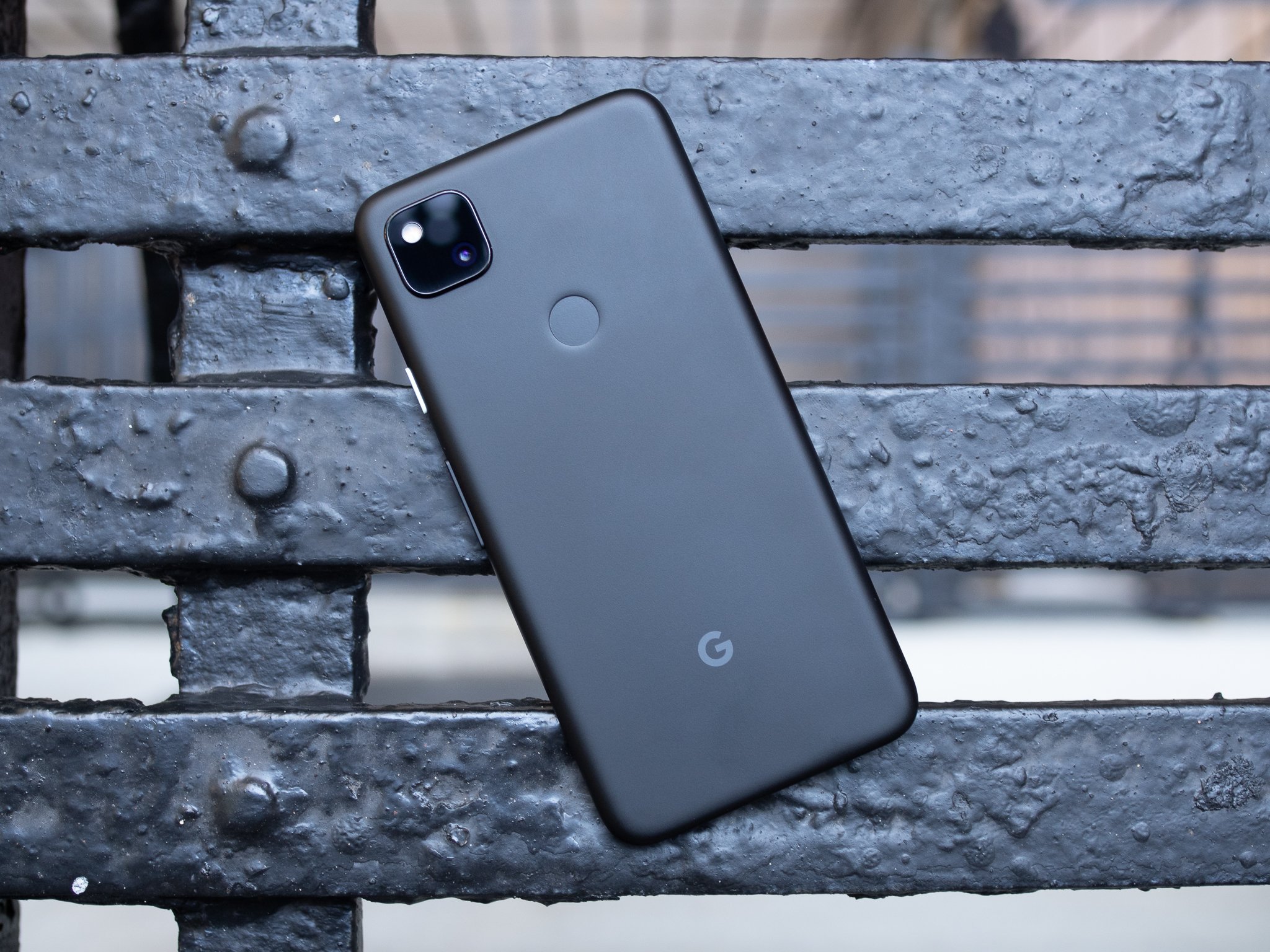Android Central Verdict
Bottom line: The Pixel 4a is the budget camera quality leader — but it doesn't stop there. It has a larger screen than the 3a, but in a still-compact body, and is filled with solid specs and really good battery life. Its subdued design and lack of extra features may seem boring to some, but most will appreciate its simplicity when it comes to ease of use, software performance, and consistent camera quality.
Pros
- +
Unbeatable camera quality at this price
- +
Incredible size for one-handed use
- +
Strong battery life
- +
Headphone jack
- +
128GB storage
- +
Guaranteed software updates for 3 years
Cons
- -
Off-center display cutout is distracting
- -
No secondary wide-angle or zoom camera
- -
Limited color options
Why you can trust Android Central
Update, February 2021: Google Pixel 4a review, six months later
Google's several attempts at making self-branded phones have returned few victories, but one of the clear bright spots was the Pixel 3a. It turns out that Google's "less is more" approach really fits well within the constraints of a less-expensive phone, and its strengths in software and camera processing stand out against less-refined competition.
It can easily be argued that its successor, the Pixel 4a, is the best cheap Android phone around, and an even more important device for building the Pixel brand than the pricier Pixel 5. And on the face of it, Google did things right with the 4a; it improved the specs, kept the same great camera, and dropped $50 off the A series price. That makes an enticing package — here's how it all works.
Google Pixel 4a Price & release date
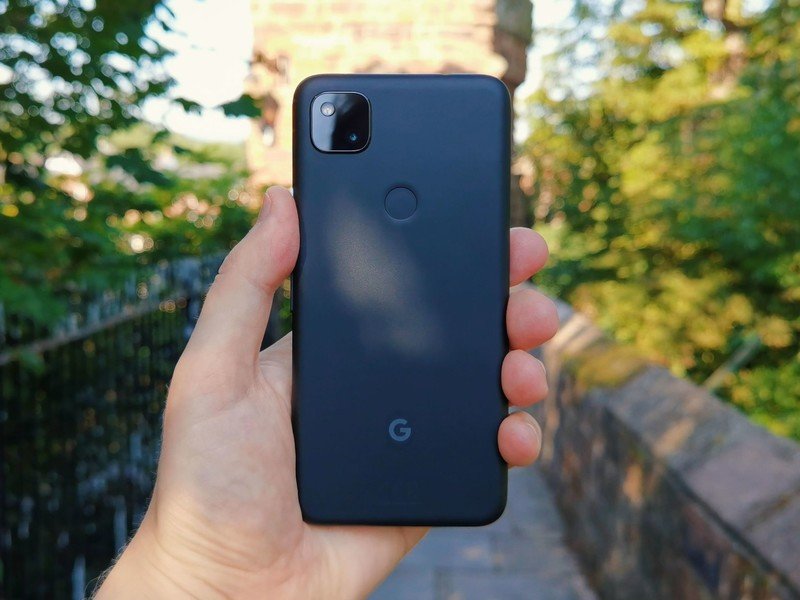
The Pixel 4a was announced and made available for pre-order on August 3, 2020, then released just over two weeks later on August 20 for $349.99. Initially sold in a single configuration, the Pixel 4a features the Snapdragon 730G processor, 128GB of storage, and 6GB of RAM, and as of November 2020 it comes in two colors: Just Black, and the newer Barely Blue.
Though compatible with nearly any network, the Pixel 4a can be bought directly from Verizon, along with the unlocked model sold through most retailers. It's worth noting that while there's no official "Pixel 4a XL" variant, the Pixel 4a 5G features a larger display, a secondary ultra-wide camera, 5G network support, and slightly improved specs for $499.
Google Pixel 4a Hardware, display, features and specs
Google's well known for a minimalist design aesthetic even in its high-end phones, so it's no surprise that it keeps things very simple in the lower-end Pixel 4a. The plastic body is defined by its lack of flair or interesting touches. From front to back, top to bottom, it's all smooth lines and gentle curves — highlighted by a single pop of color from a contrasting power button. The rear-mounted fingerprint sensor is very shallow, to the point where it's barely distinguished from the rest of the back, which can make it a tad tough to use until proper muscle memory sets in — though I found even after two weeks that the swipe-down gesture was inconsistent compared to previous Pixels.
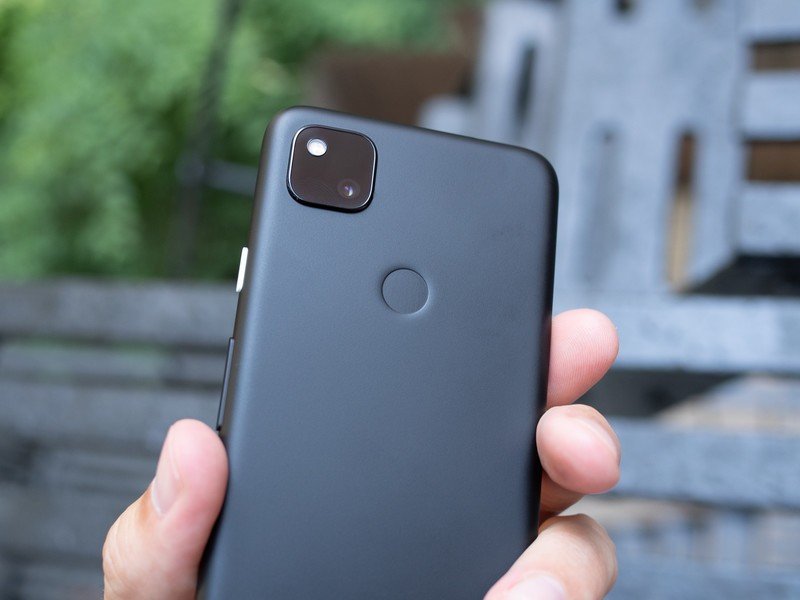
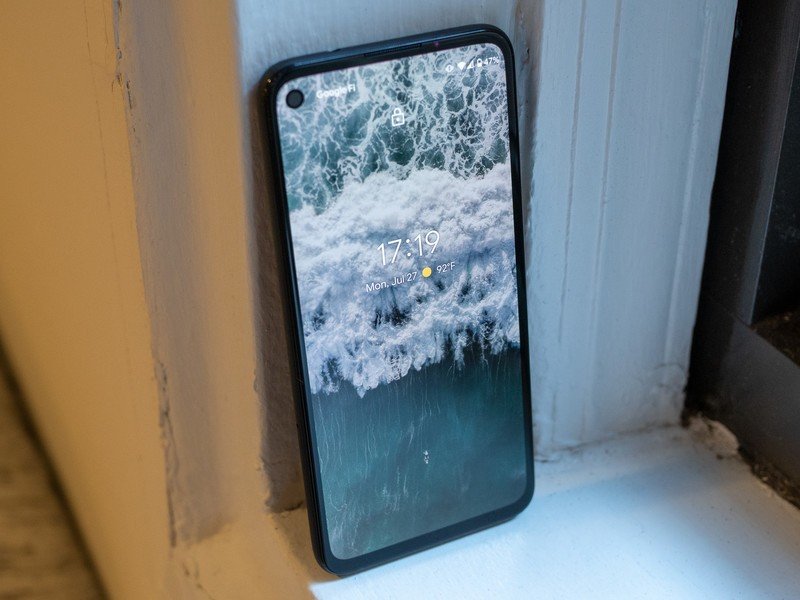
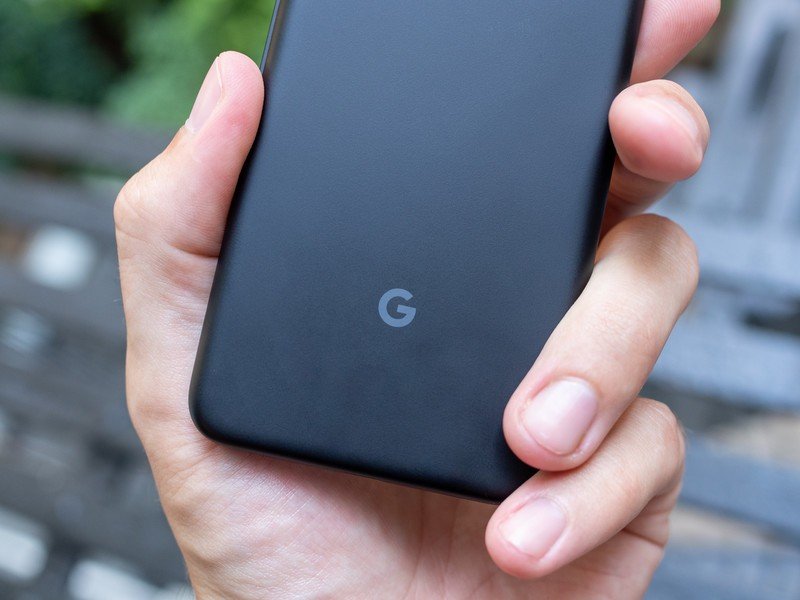
There's no formal "XL" version of the Pixel 4a, though the Pixel 4a 5G does have a larger 6.2-inch display, along with minor spec improvements and 5G support for an extra $150. The 5.8-inch screen size would lead you to believe it splits the difference between the 3a and 3a XL, but with a taller 19.5:9 aspect ratio display and dramatically smaller top and bottom bezels, the Pixel 4a is actually smaller than the Pixel 3a; it's shorter and lighter than the Pixel 4, too.
Google's hardware is simple and effective, and as far from flashy as you could imagine.
The small size is refreshing in a world where inexpensive phones have larger and larger screens to try and show greater value-for-money. After using the 4a for a week, my Pixel 4 XL feels like a surfboard. The 4a is easy to use one-handed, extremely light, and just bucks the trend of cumbersome and heavy modern phones. Whether that's actually a large enough market segment to attract a meaningful number of customers, though, is a major question. Between the small size and bland styling, Google doesn't offer a lot of curb appeal to potential buyers.
The AMOLED screen is solid for the money, with surprisingly high brightness and relatively good visibility out in the punishing sun of July in NYC. The 2340x1080 resolution is more than enough for this size, and off-axis color shift — a common issue on lower-end screens — isn't a problem. I do notice some subtle green/pink blotchiness at certain angles when viewing white or grey screens, but that's a minor complaint for a phone of this price.
The 4a gives you more screen, and better specs, in a smaller overall package than the 3a.
Moving to a "hole punch" selfie camera was a necessary evil for dramatically reducing the top bezel, and while I really wish it was on the right instead of the left (pushing over the time and notifications is just odd), it doesn't bother me much. I appreciate the better-balanced bezel size around the screen as a result, especially as it fits into the minimalist overall design.
The hardware rounds out really nicely in terms of features, with headphone jack on the top and stereo speaker separation between a down-firing grille at the bottom and the boosted earpiece at the top. The speakers won't blow you away, but are above-average for this price and are more than enough for watching videos or playing games.
Google Pixel 4a Software, performance and battery life
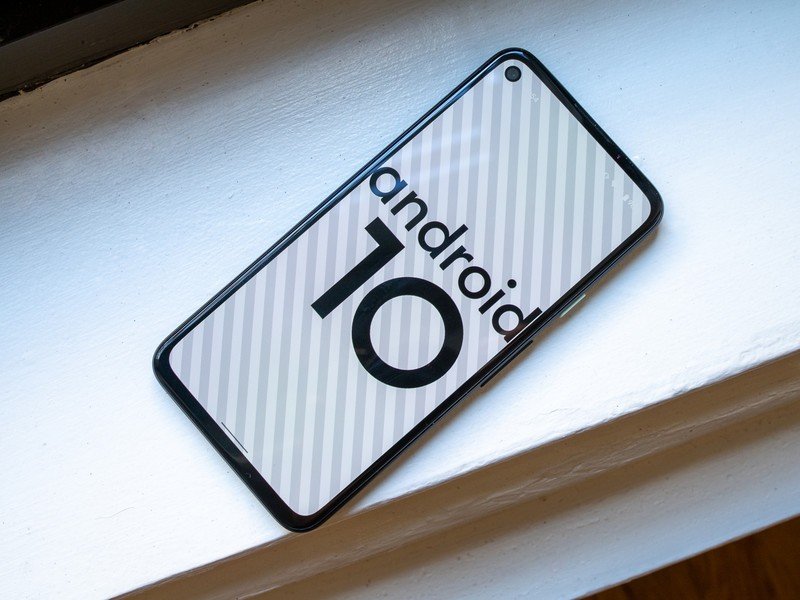
After spending the first half of the year using the Pixel 4 XL, Galaxy S20 Ultra and OnePlus 8 Pro, the Pixel 4a understandably underwhelms in terms of performance. But once you recalculate your expectations based on price, and get used to it after a few days, there's nothing to complain about here.
You don't get flagship-level performance, but the spec sheet is really good for a $350 phone.
In terms of the raw spec sheet, Google has done right by the budget-minded buyer. The Snapdragon 730 processor is more than capable of handling Android 11, and 6GB of RAM is good to see in a budget device. They combine for solid performance, even if it's clear that some heavier apps and multitasking are a beat slower than what you'd expect in a top-end phone. And it handled a couple long sessions of Call of Duty just fine — though this did result in a little wonkiness with my thumb covering the top part of the screen triggering random auto-brightness adjustments. I never experienced any hangs or unresponsiveness, just slight delays here and there; par for the course for this price. I also appreciate that the single Pixel 4a model has 128GB of storage, a surprising increase from the Pixel 4's base 64GB.
The only performance-related hurdle for me to get over was switching back to a 60Hz display, which makes the 4a feel slower than it is — even though I definitely became amenable to it after a week. Outside of the OnePlus Nord, we haven't come to expect higher refresh rate displays in this price range, but now that people are becoming accustomed to 90 or 120Hz screens, 60Hz definitely feels like a step back.
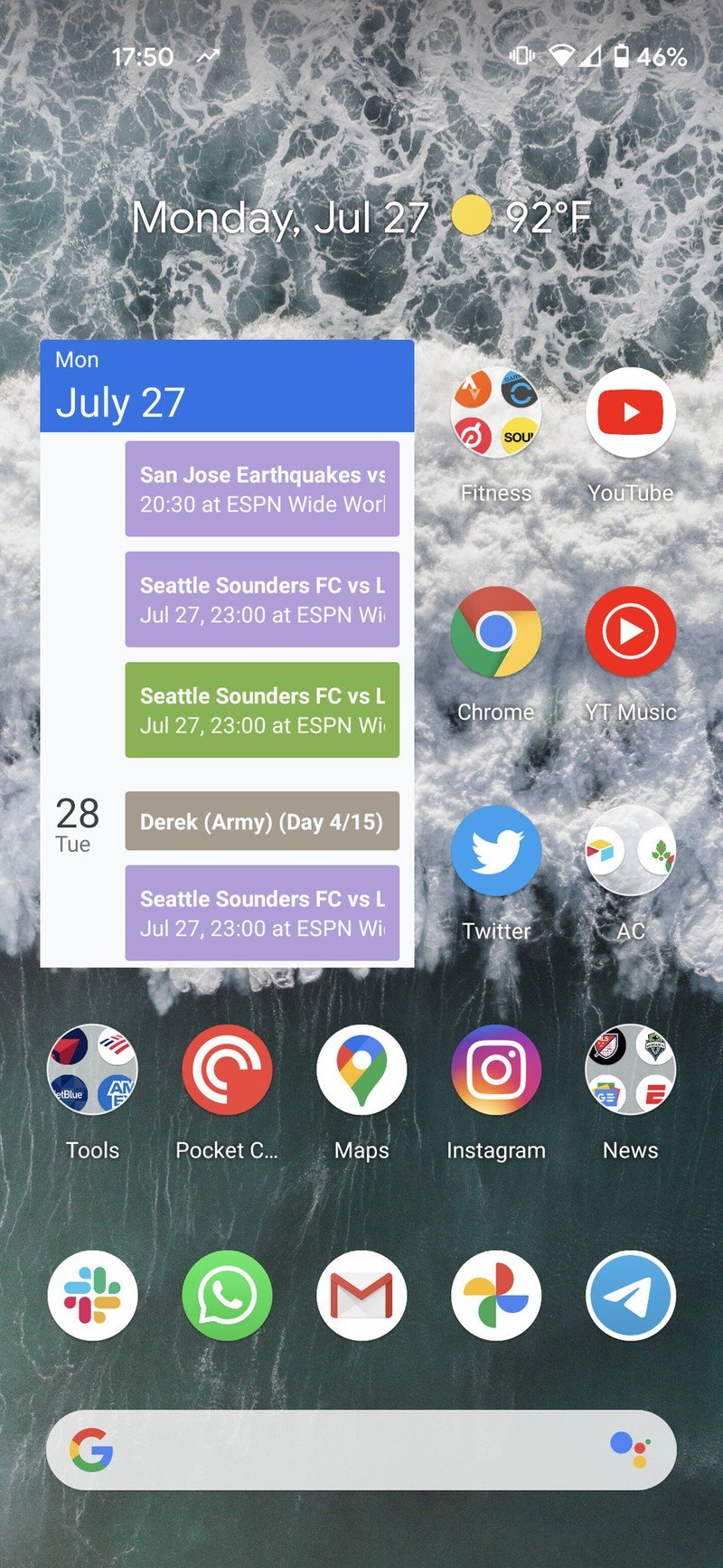
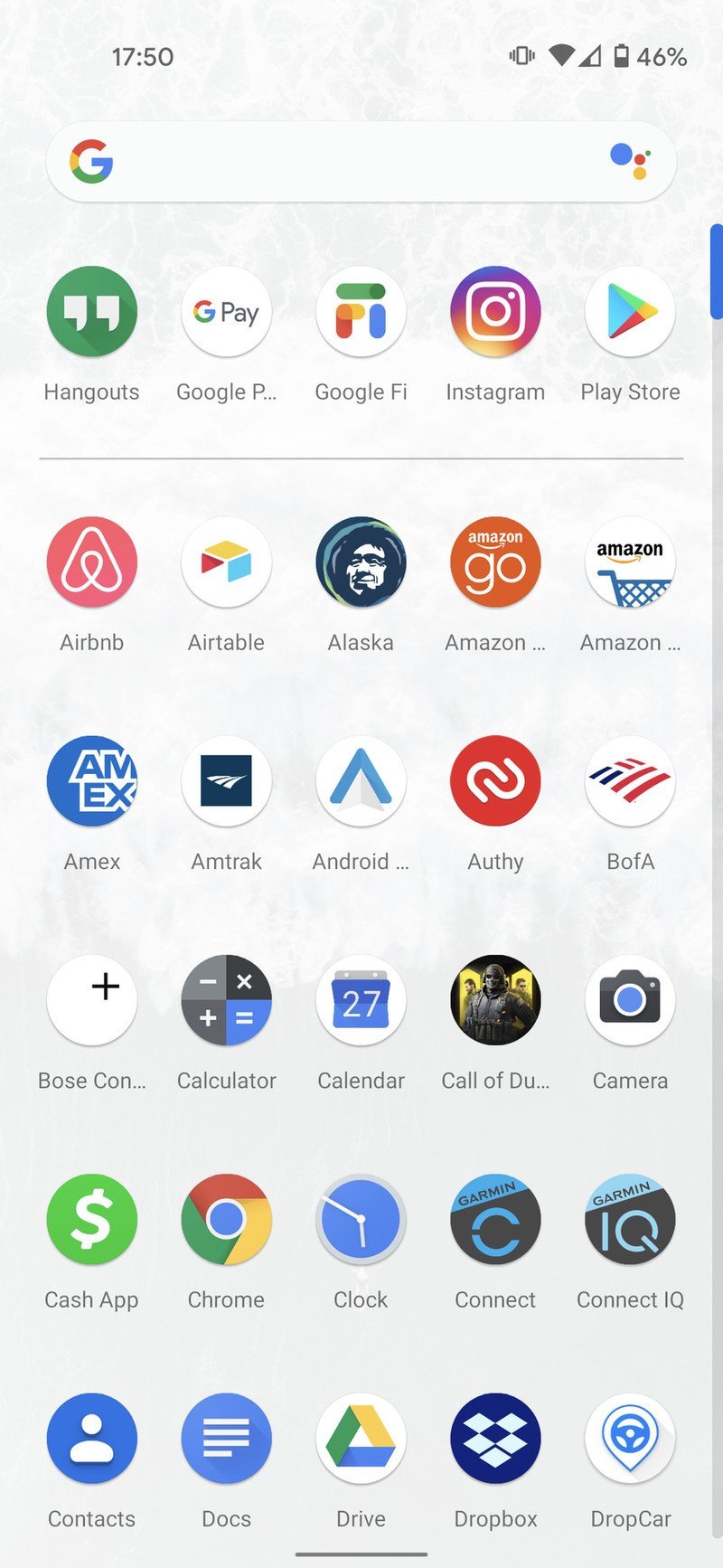
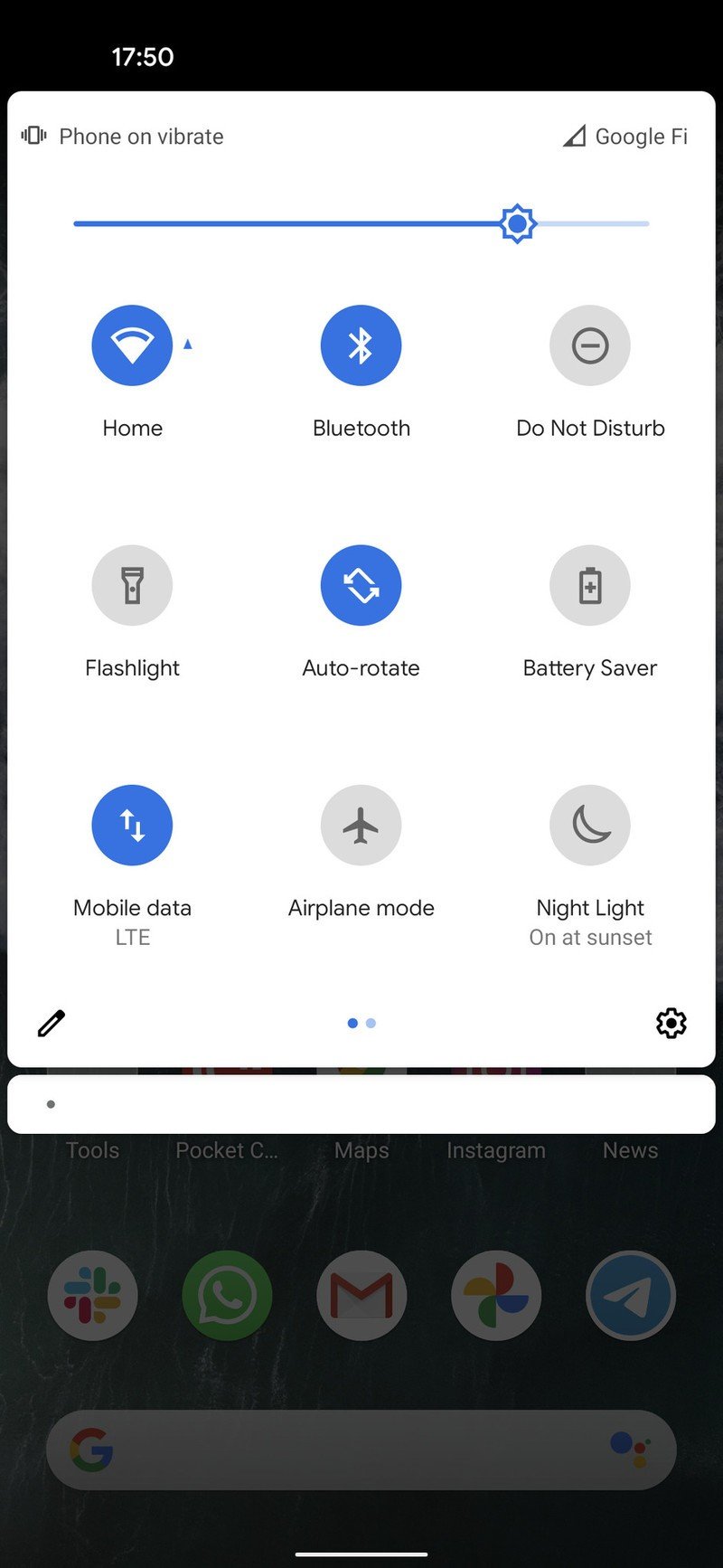
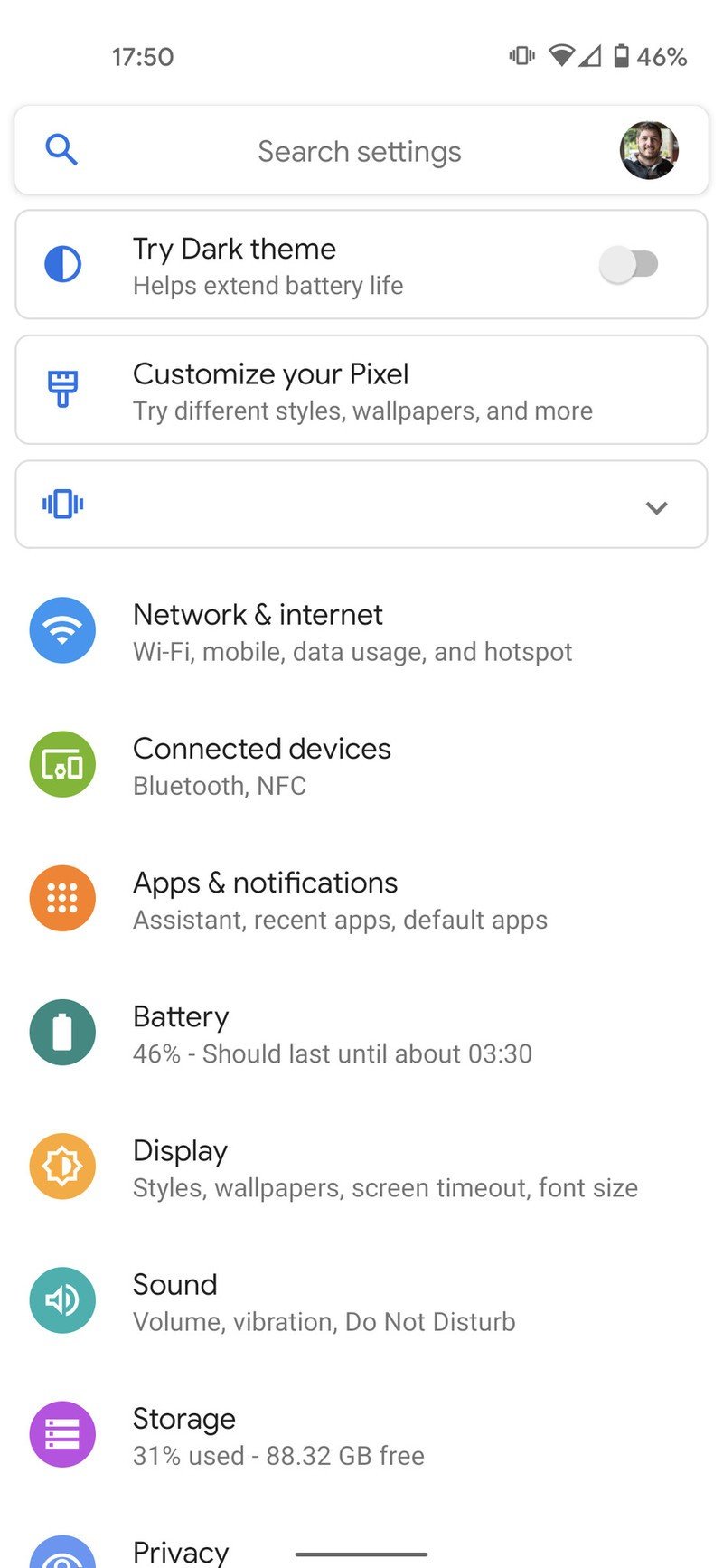
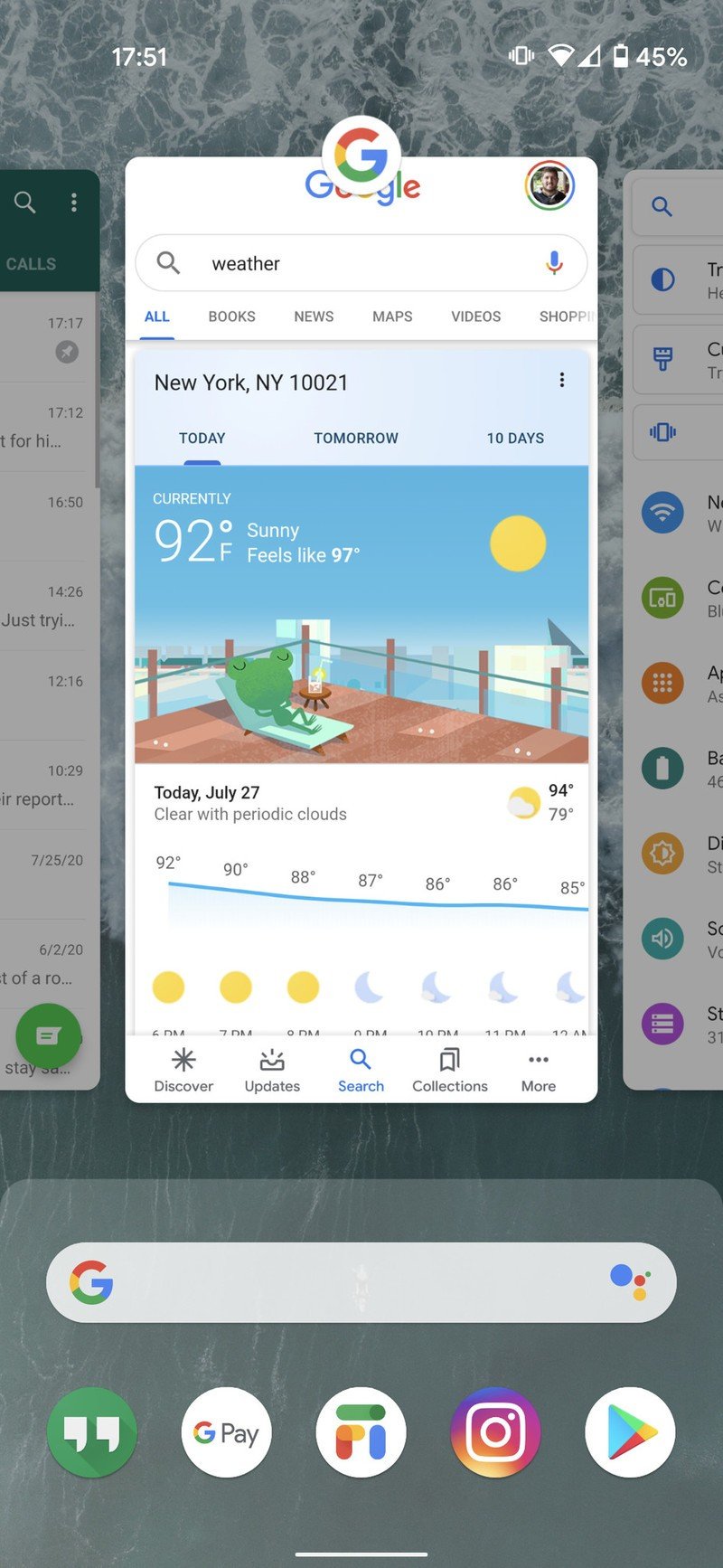
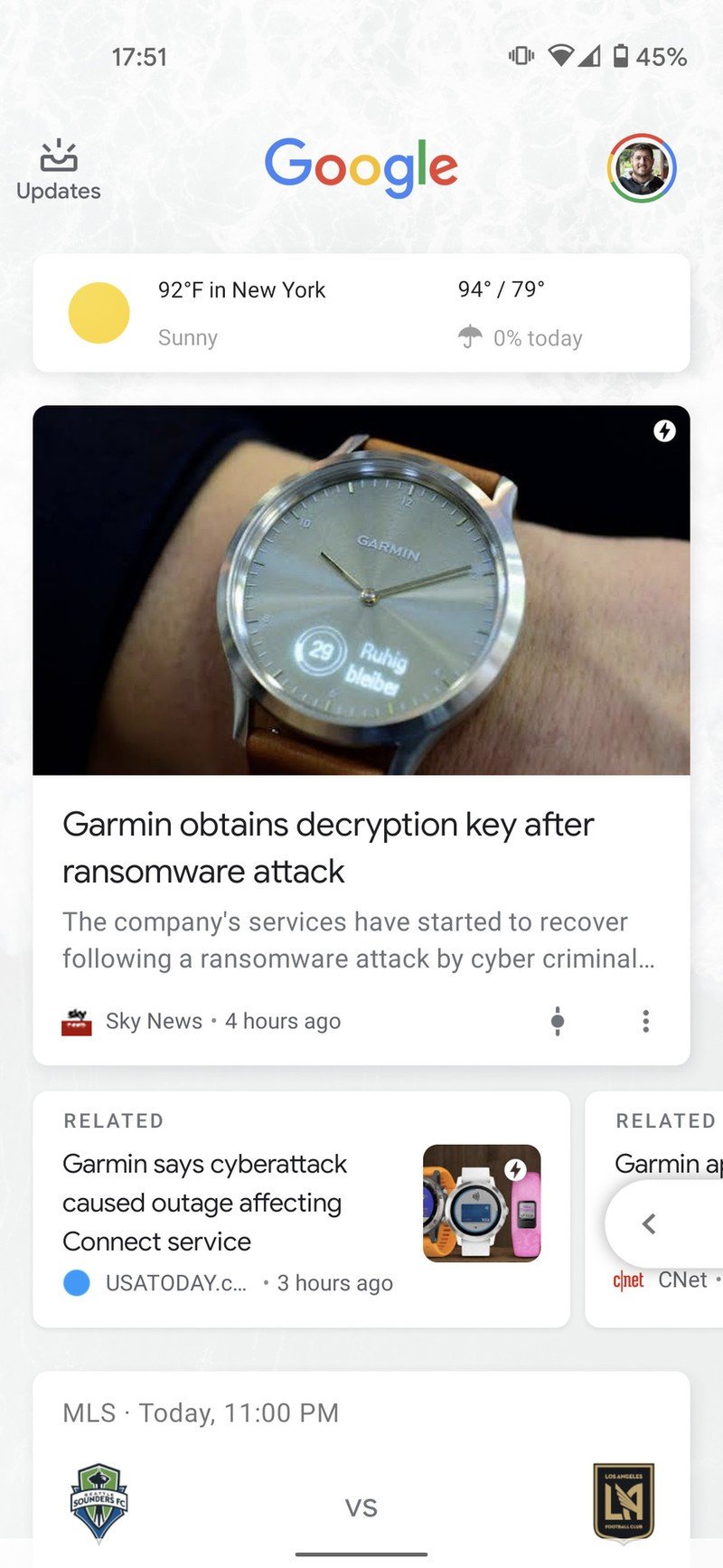
Source: Android Central
The software has nothing new or changed from what we see on the Pixel 4, 3a and 3 as of the Android 11 release, but we never expected the 4a to introduce any new features. That means you're getting a simple, easy-to-use and generally streamlined experience, with all of Google's headline features like advanced on-device Assistant functions, call screening, the Recorder app, live captions, the Personal Safety app, and little treats like "Now Playing" music identification. Google's take on Android is still one of my favorites (neck-and-neck with OnePlus), and it takes a nice balance of being appealing to nerds and casual users alike.
I wish Google could get this kind of battery life out of its high-end phones.
There is one big question about the software, though: what's going to happen with updates? The 4a launched with Android 10 in most markets, and was subsequently updated to Android 11 alongside other Pixel devices, which is a great start. But there's also the (distant) future to consider. Google guarantees "three years" of platform updates for Pixels, but it isn't clear how that will be handled considering the phone's launch was technically before the Android 11 release. The Pixel 4a could be put in a weird limbo of missing out on a final platform update by a couple of weeks; I suppose we'll find out in 2023.
We get to see the fruits of the processor and 60Hz display with battery life, which is surprisingly good. And not just because I'm getting a full day of use out of just a 3140mAh battery, but because I'm doing so with 30% left at the end of the day. In my usual use for a 15-16 hour day, with 3-4 hours of "screen on" time, using Ambient Display and the usual slate of utilities, browsing, messaging and social media, I was never wanting for more battery. Heavier tasks like streaming video or navigating in Google Maps never hit the battery hard, and I never once reached Battery Saver mode, which I had set to come on automatically at 15%. I can't even get this kind of consistent battery life out of a Pixel 4 XL.
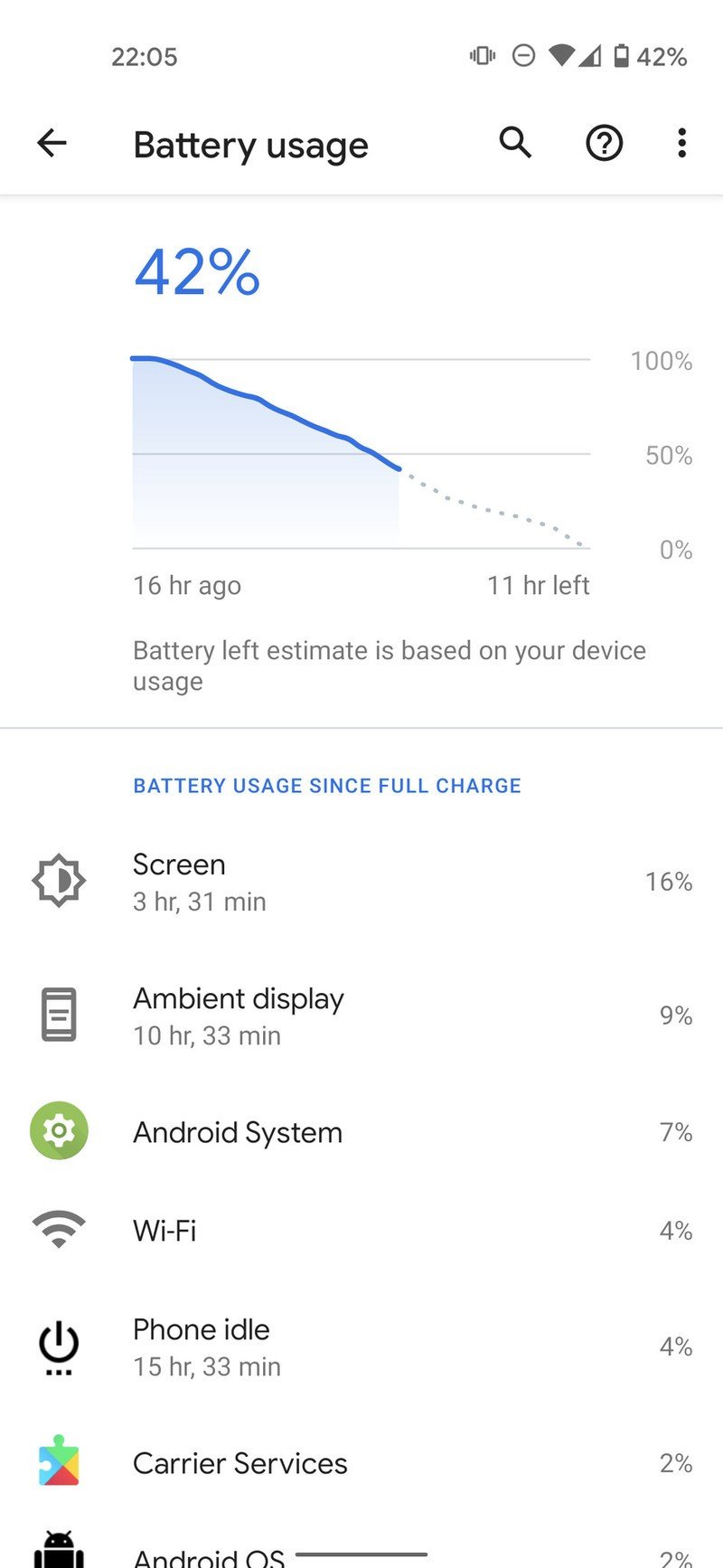
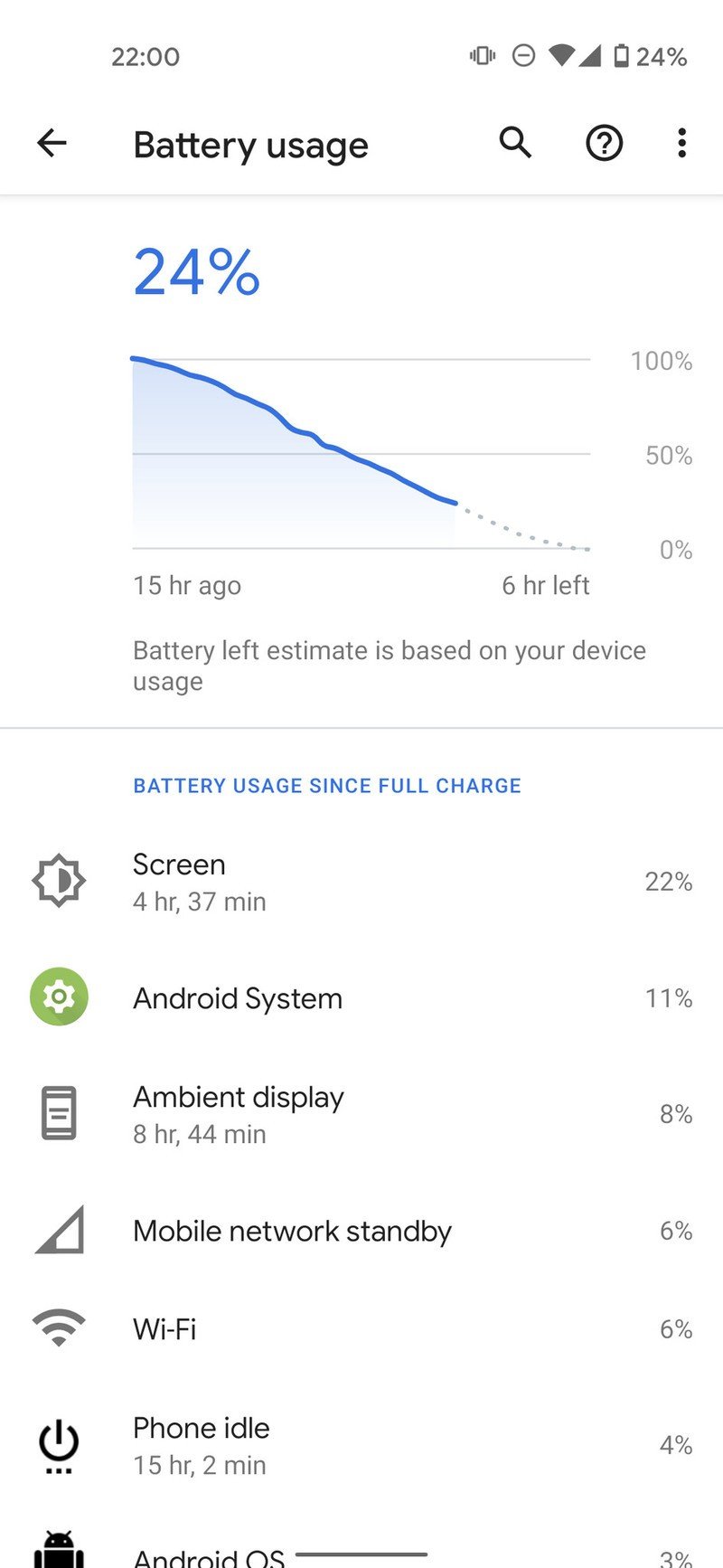
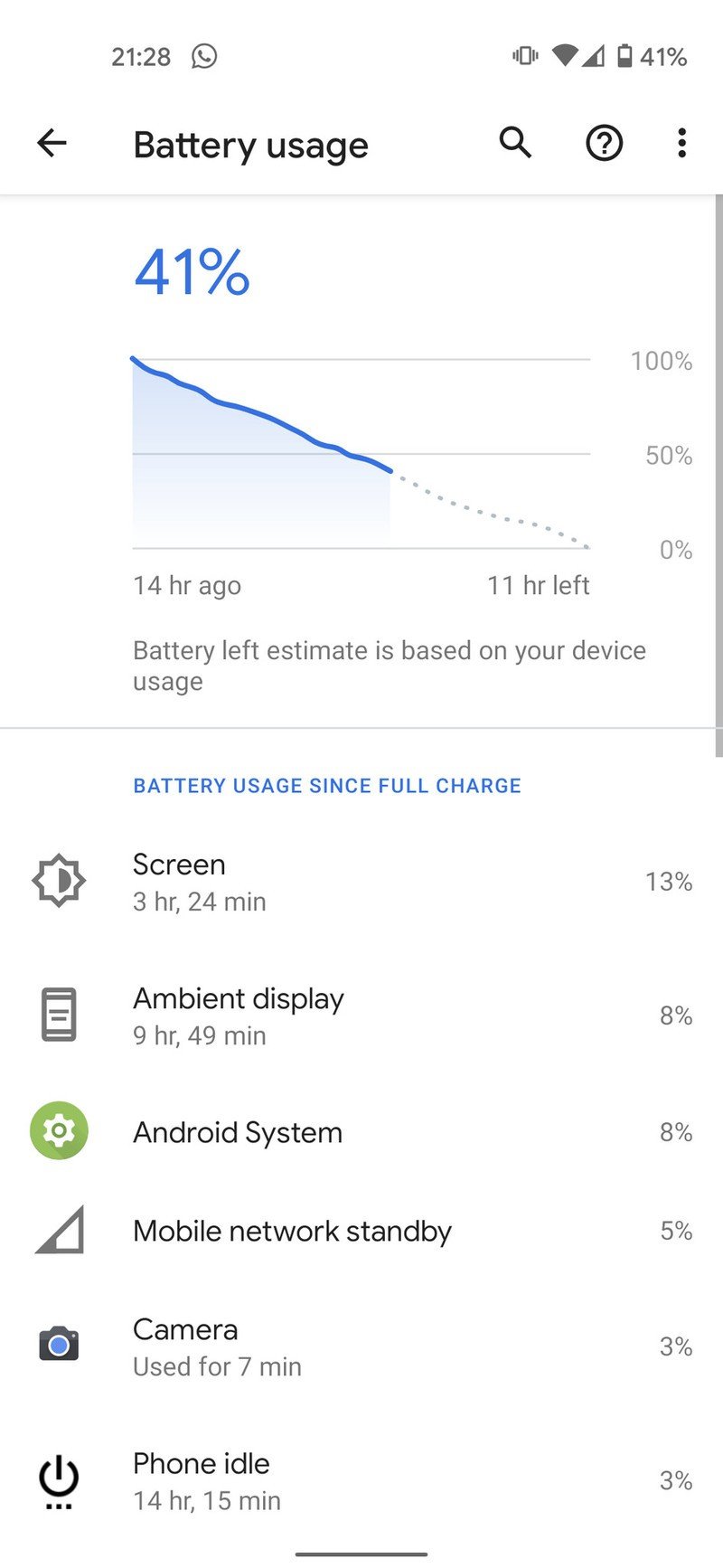
Source: Android Central
On the charging end, Google's sticking with its same 18W USB-C PD charging, which absolutely gets the job done for this size of battery; although once again it's a tad behind the likes of the OnePlus Nord's 30W charging. That said, I'm completely happy to have a standardized and non-proprietary charging system, where I don't have to pay $40 for an extra fast charger. 18W PD chargers are plentiful and pocketable at a quarter of that price.
It's worth noting that while the 4a doesn't come with 5G, it does have broad unlocked support for every carrier in the U.S. Not only does it support Verizon, including its legacy CDMA bands, but it also has 24 LTE bands to fully meet the needs of T-Mobile and AT&T. There's also eSIM support alongside the regular SIM slot, just like the Pixel 4. Considering 5G hasn't reached ubiquity in the lower price ranges, it isn't a big loss — and anyone who has to have it can instead buy the Pixel 4a 5G.
Google Pixel 4a Cameras
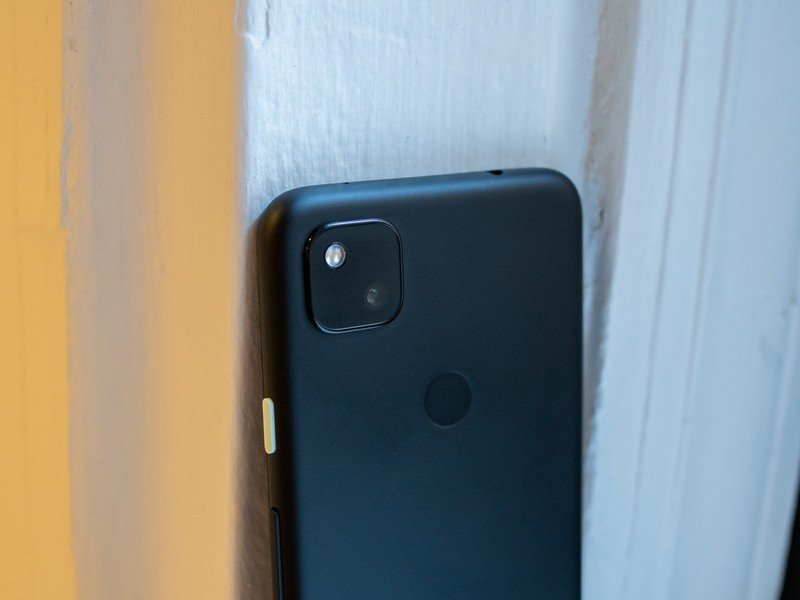
The Pixel 4a effortlessly delivers high-quality photos every time you press the shutter.
Google has clear strengths in brand recognition and software ease-of-use, but the primary reason for the Pixel 4a's existence is to bring an amazing camera experience down to a much more affordable price. The 4a is using the same 12.2MP sensor as the Pixel 5, supported by OIS (optical image stabilization) and an f/1.7 lens. Just like with the Pixel 3a, this is a huge win: the Pixel 4 is still in the conversation as the best Android camera, even as it nears its first birthday.
The Pixel 4a's biggest camera advantage is being able to take amazing photos and do it consistently. It effortlessly delivers high-quality photos every time you press the shutter, which is a rarity at this price. Photos don't blow you away with over-saturated colors or tons of extra pop, but that's the point — you just get balanced, solid photos with high dynamic range. Every time.
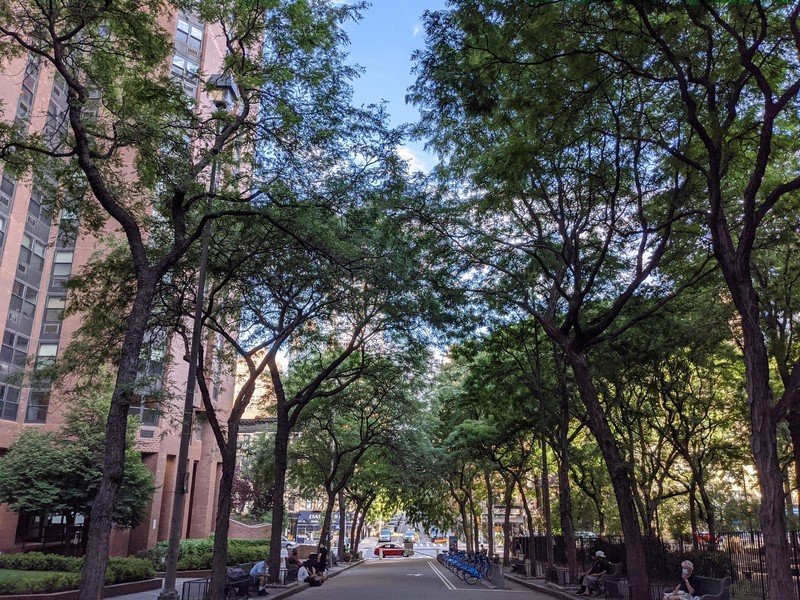
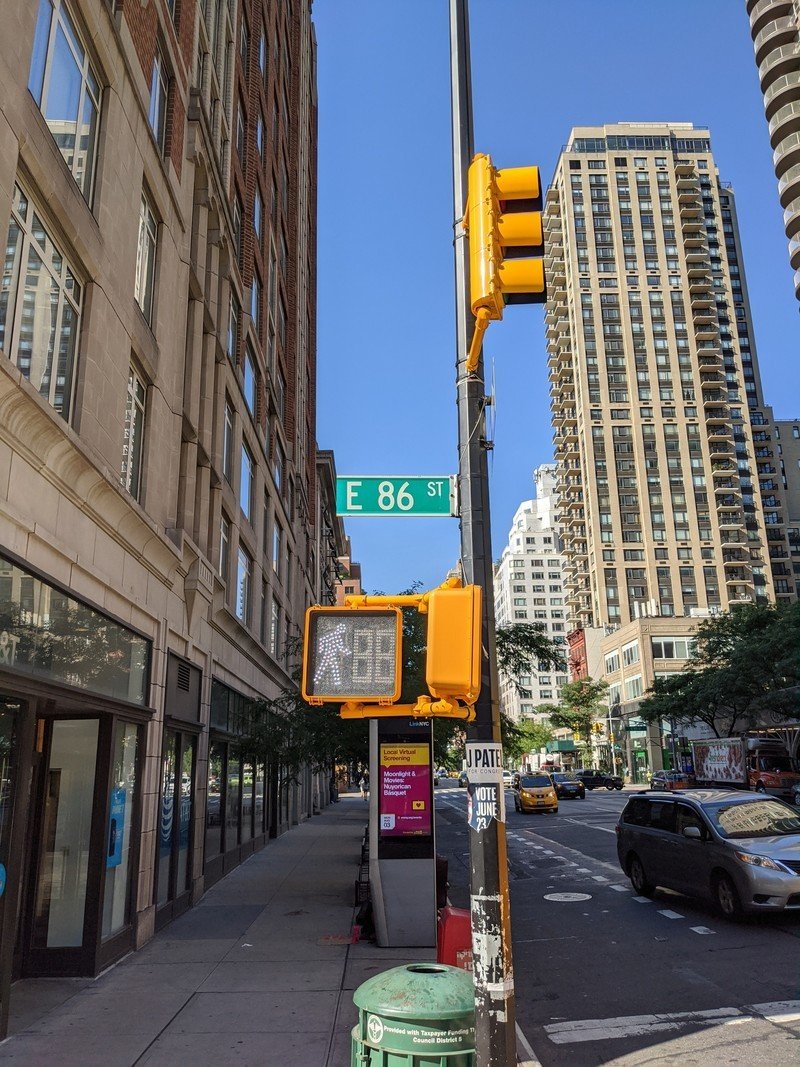
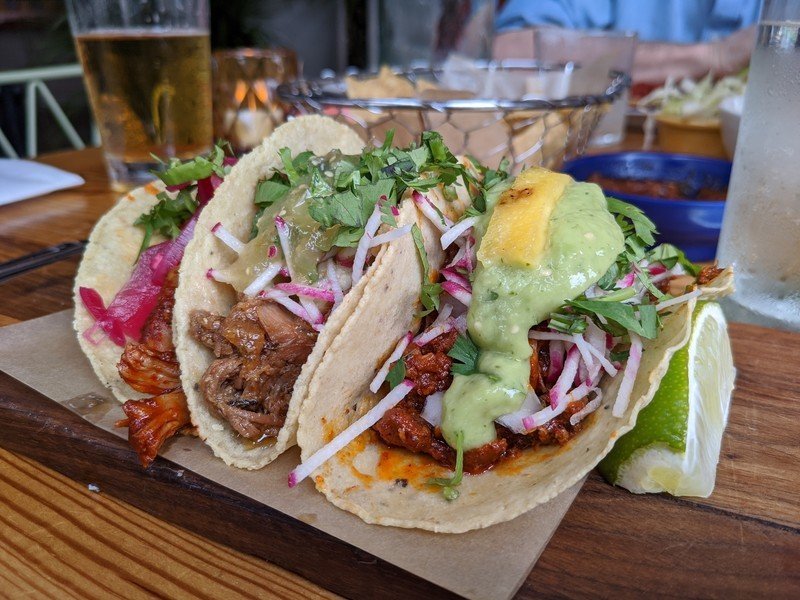

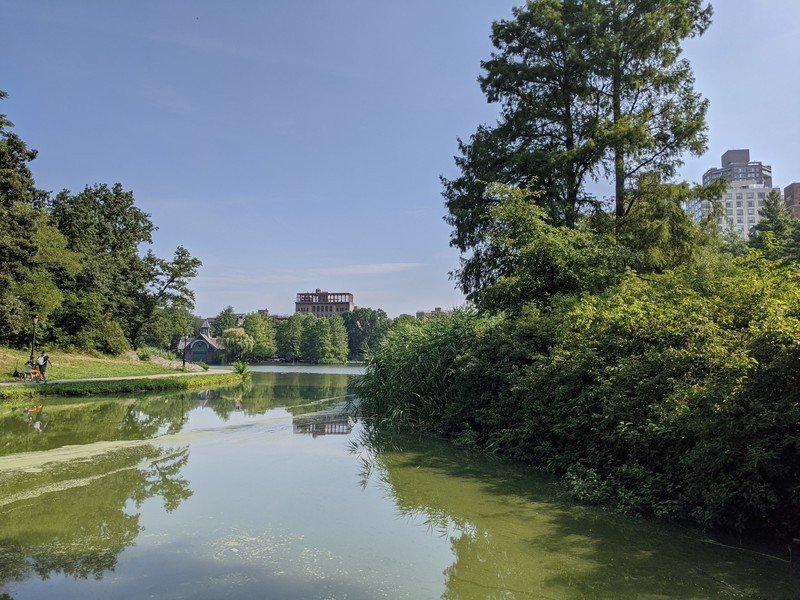
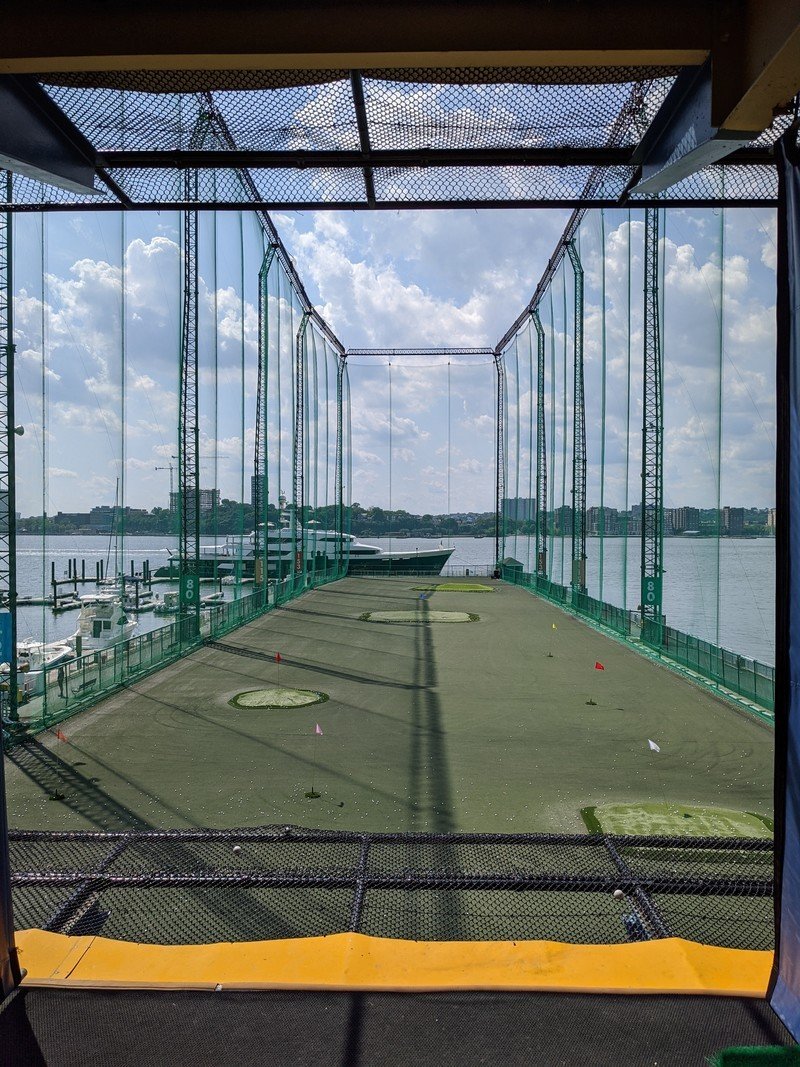
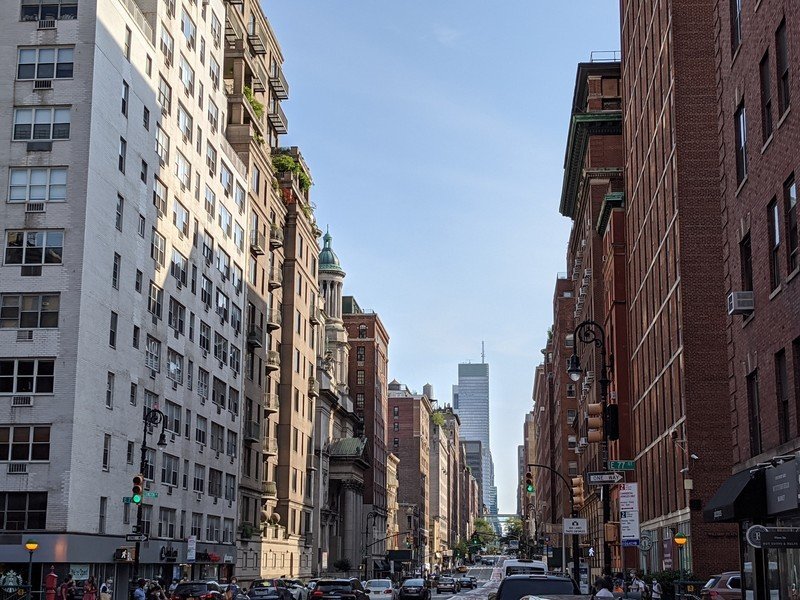
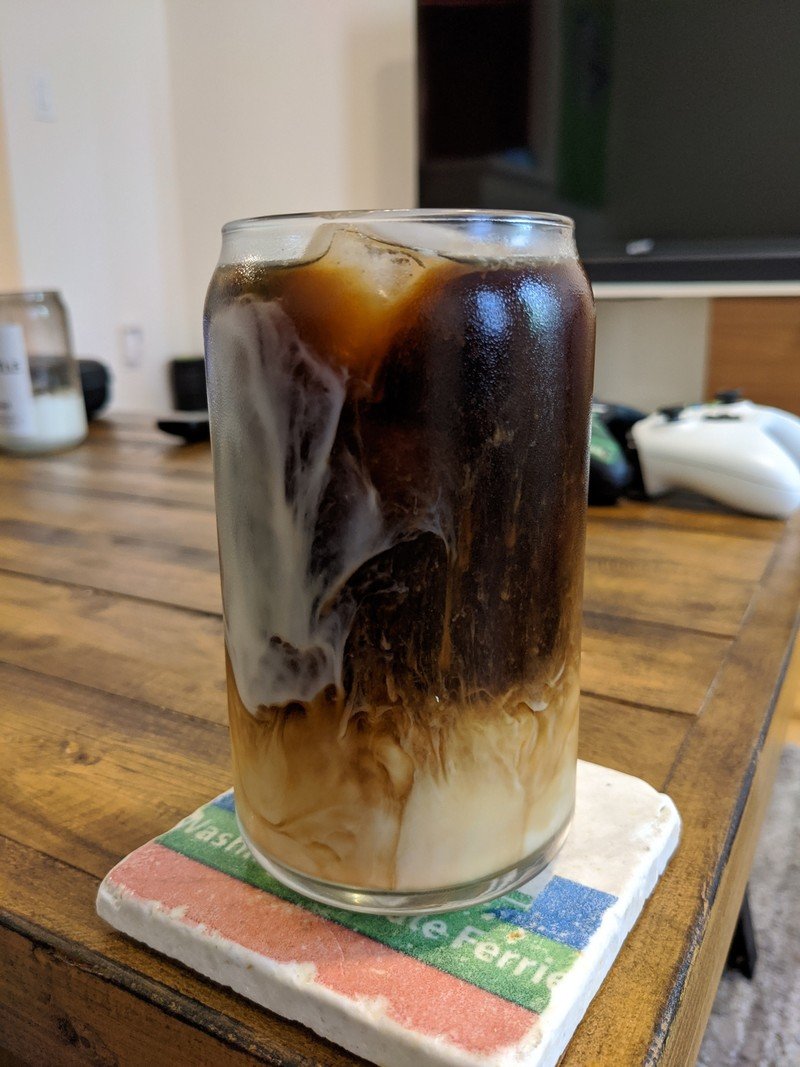
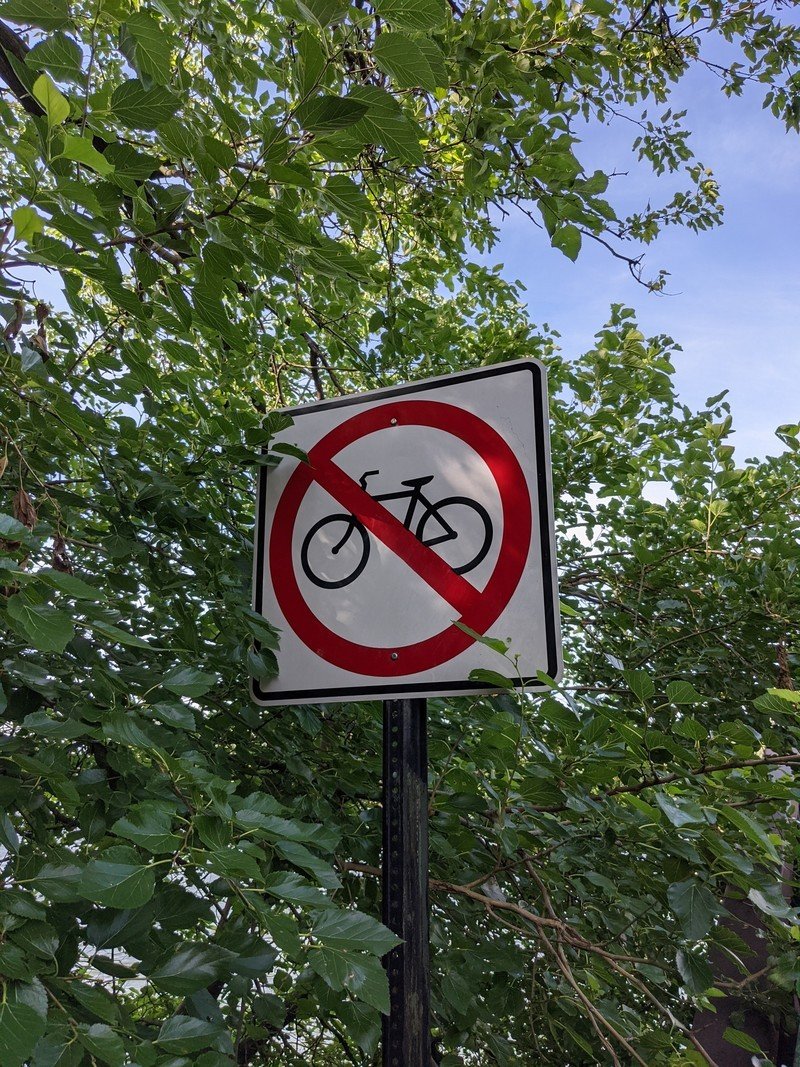

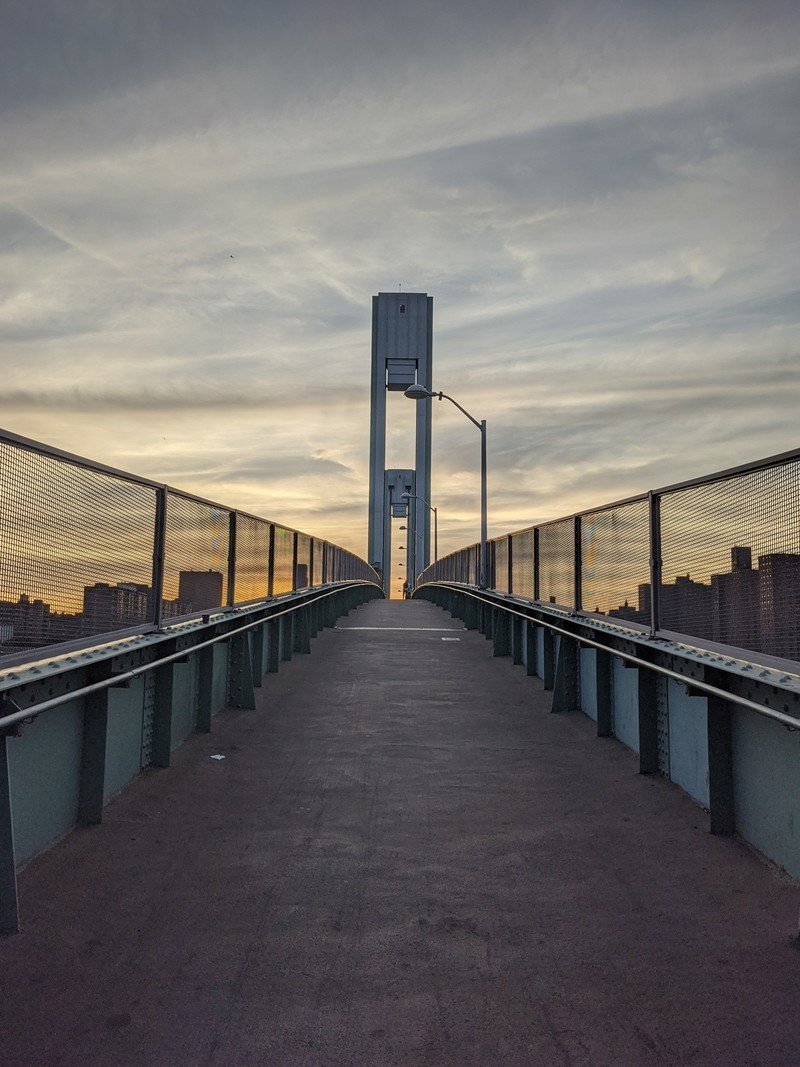
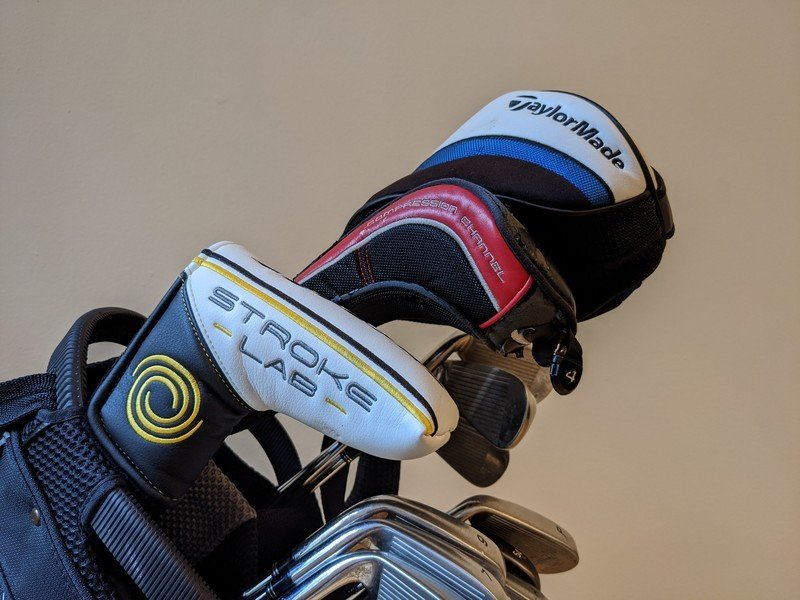
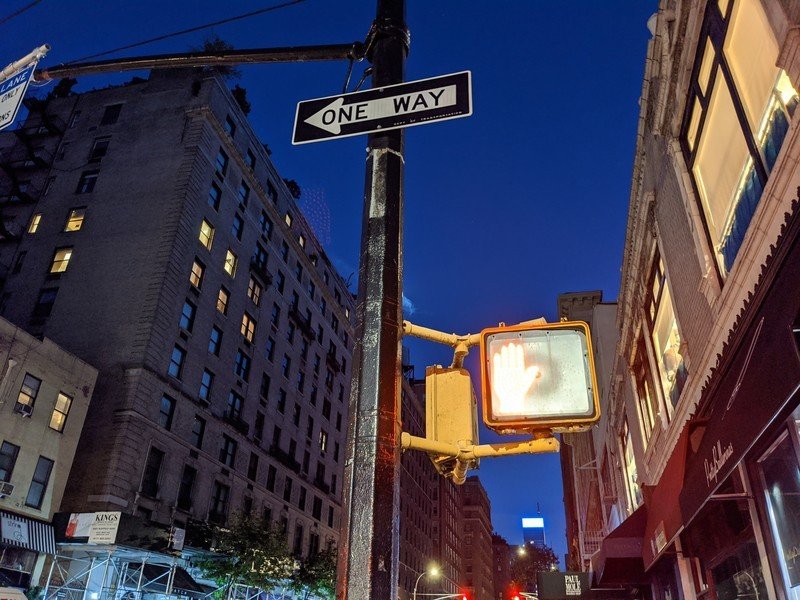
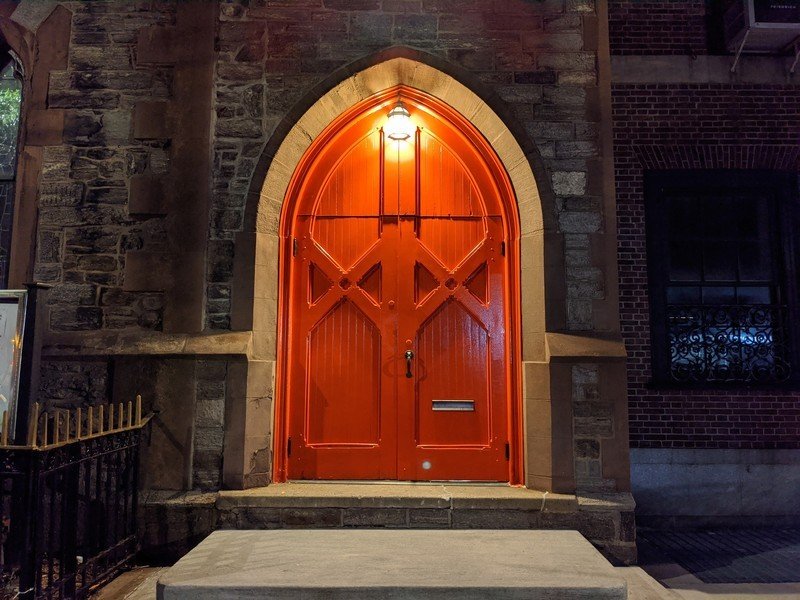

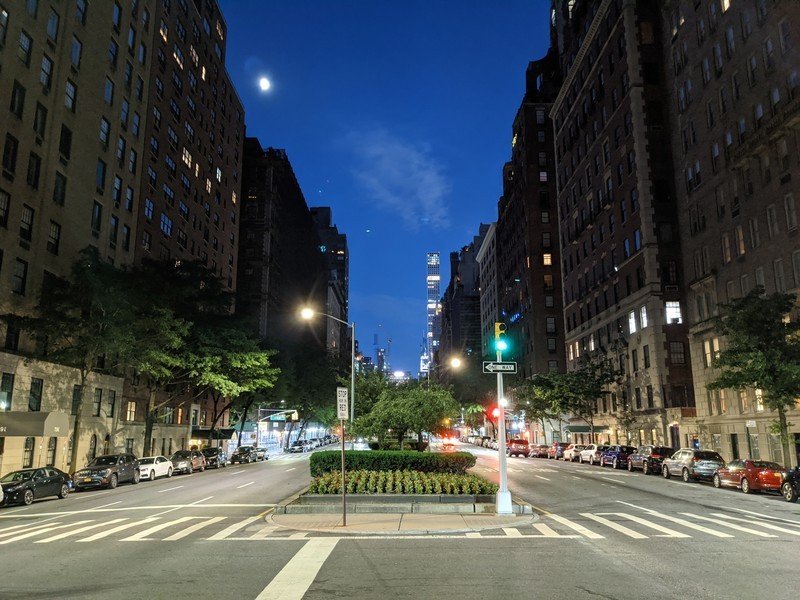
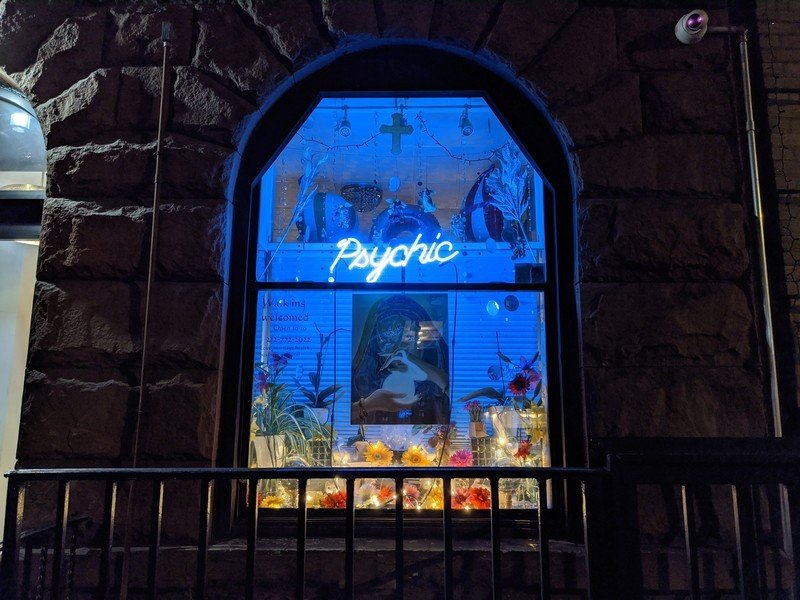
It may have just one camera, but the 4a delivers top-tier photos no other budget phone can touch.
It's an incredible rarity to take a photo you wouldn't be happy to save and share, and even the ones that don't come out perfectly are a quick edit in Google Photos from being there. Using $1000+ phones every day, I take for granted having this level of photo quality in my pocket, but anytime I pick up a cheaper phone I'm reminded how weak low-end cameras are — the Pixel 4a is far closer to flagship than entry-level. That gap gets even wider when you see HDR+ engage in mixed lighting, or switch to Night Sight in dark scenes; no other phone within $300 can handle poor lighting this well.
The only time you're reminded of the 4a's lower price is when you take several HDR+ photos in short succession, when you sit and watch the processing progress bar notification. Waiting a couple of extra seconds is a bummer, but I've never lost a frame, and when the results are this good you're willing to wait sometimes. And it even has the horsepower to offer well-stabilized video in 1080p, or 4K30 video if you prefer.
The selfie camera lines up the exact same as the Pixel 3a — an 8MP f/2.0 with fixed focus — with the exact same results. Google's selfie photo processing is top-notch, producing consistently good shots, but I'm disappointed by the fixed focus paired with an 84-degree lens that can make it tough to capture your face sharply. Thankfully I have long arms, but more average-sized folks may find it tougher to get tack-sharp selfies, particularly of multiple people together.
An ultra-wide or 3X zoom camera would've been nice, but you can't argue with these results.
It's a valid complaint to say that Google's starting to fall behind, even in this affordable price range, by only having a single rear camera. While I appreciate Google's restraint to not throw three extra (read: bad) cameras on the back of the phone just to say it has a "quad camera" phone, I would have loved to see a secondary ultra-wide or 3X zoom camera.
Google's "Super Res Zoom" tech does an admirable job of sharpening zoomed photos, but it's really only good at 2X — anything further turns into a grainy and blotchy mess. And even those solid 2X photos are not as good as "real" zoom that comes from a dedicated longer focal length lens. Whiel I understand why Google didn't want to put an inferior secondary sensor in there just to say it has an ultra-wide camera, I'm glad that the Pixel 4a 5G rectifies this issue.
Google Pixel 4a Competition
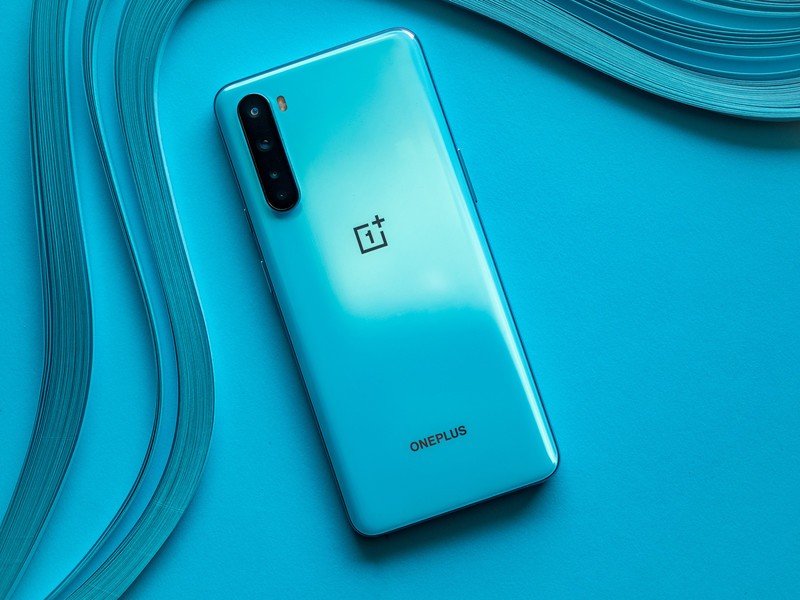
The cheap Android phone space is packed with incredible products, and things get tightly subdivided in tiny increments everywhere from $250 to $400. In the U.S., the big player is the Samsung Galaxy A51, which launched at $400 but regularly retails for $300-325. This is the anti-Pixel 4a, with a huge display and shiny exterior, plus all of Samsung's usual over-the-top features. It's known for its inconsistent performance, but it has a great spec sheet and incredible battery life — and its camera holds up well against the competition, even if it isn't on the 4a's level.
Outside of the U.S., the OnePlus Nord is the obvious 4a competitor at €400. The Nord arguably bests the Pixel 4a in performance and software fluidity, and definitely stands out with its large 90Hz display — plus it has awesome battery life and faster charging. It also has 5G, if that's on your list of priorities. But much like the Galaxy A51, it's just a big phone, making it a competitor in price but not really in size. Its camera is a step behind the 4a's, but I can still see the Nord's overall package stealing a ton of sales from Google. The 4a wins in a few areas, but you just get more in the Nord for about €50 extra.
Google Pixel 4a Should you buy it?
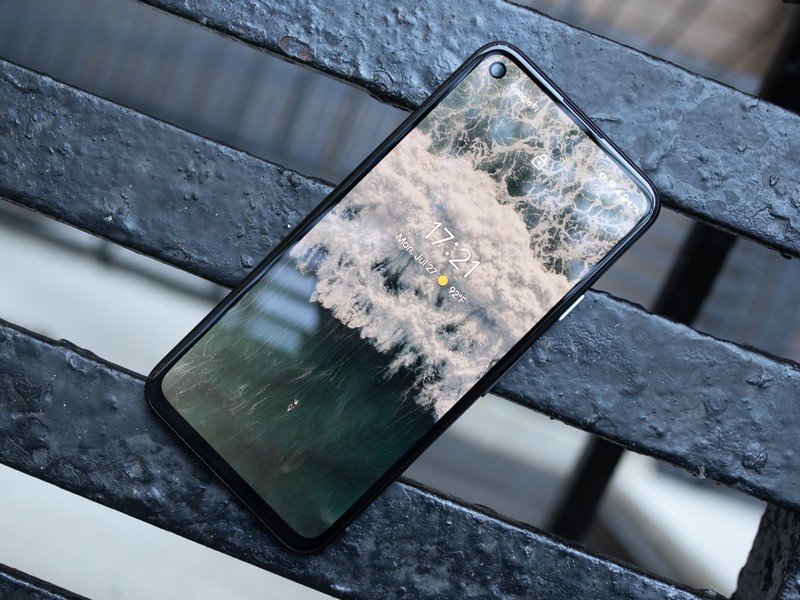
Who it's for
- If you put an emphasis on camera quality
- If you want a phone that's easy to use one-handed
- If you appreciate simple and streamlined software
- If you need a headphone jack
- If you care about regular, long-running software updates
Who it's not for
- If you need a huge screen for media or games
- If you want an ultra-wide or telephoto camera
- If you want a flashy, standout design or color
- If you want 5G connectivity
The Pixel 4a doesn't mark a paradigm shift for the direction of the Pixel lineup, and it isn't going to shake up the entire affordable phone space. But it's positioned to easily pick up where the 3a left off as the best-selling Pixel phone ever. Google modernized and improved the design, stepped up the specs, kept the same great camera quality, slightly increased battery life, and dropped the price by $50 — that's a fantastic deal.
4 out of 5
Google bucks the trend of cheap phones getting bigger and bigger displays, and I appreciate it — those looking for something larger can still get the Pixel 4a 5G. But even large phone fans should look past that size constraint and realize they're getting an incredible value for only $350 here. The camera experience speaks for itself, the spec sheet is going to carry the phone well for a couple years, and Google's software (and guaranteed updates) is always a strength. The Pixel 4a should be on the short list for anyone shopping for a budget-minded phone.

It isn't big or flashy, but you should consider the Pixel 4a anyway. This is a neat little package of good specs, nice software and a great camera — the overall experience is worth way more than the asking price.
Google Pixel 4a Six months later
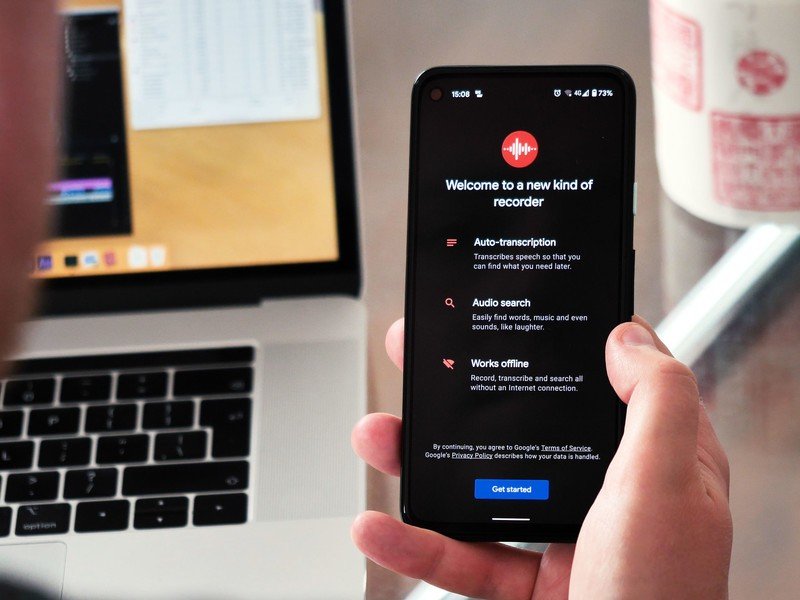
Half a year into the Pixel 4a's life cycle, it's still one of the best deals you can get on a snappy phone with a great camera. While phones like the Galaxy S21 have brought similarly aggressive pricing strategies to the high-end spectrum, few contenders have emerged in the sub-$500 space.
In spite of its modest specs, the Pixel 4a still runs Android 11 without much hesitation, and enthusiasts who don't mind running pre-release software can even try the Android 12 developer preview right now — though to be clear, this is not meant for consumer use just yet, and will be considerably less stable.
Google has expanded its lineup since the release of the Pixel 4a, subsequently launching the Pixel 5 and 4a 5G, but I still think the baseline 4a is a great fit for most people. While the 4a 5G offers a slightly faster processor, larger screen, and 5G support, the basics remain the same, from the frequency of software updates to the image processing of the camera and general build quality. It's still hard to call 5G a necessity for almost anyone in early 2021, and the Pixel 4a leaves little else to be desired compared to its larger sibling.
Even against the decidedly higher-end Pixel 5, which costs twice as much, the differences are surprisingly few in number. The Pixel 5 has a faster 90Hz refresh rate, along with a faster processor, an aluminum enclosure capable of water resistance and wireless charging, and an additional 0.6x ultra-wide camera. Still, nearly every other metric is comparable if not identical; just because you're paying half the price for the Pixel 4a, doesn't mean you're only getting half the experience.
We're already starting to hear rumors of the Pixel 5a, which will allegedly be larger in size and nearly match the design of the Pixel 4a 5G — though with so little to complain about on the 4a series, it's unlikely that the 4a owners will feel left out or cheated any time soon. This is still a phenomenal device at an unbeatably low price, and I doubt that'll change any time soon.
Hayato was a product reviewer and video editor for Android Central.
